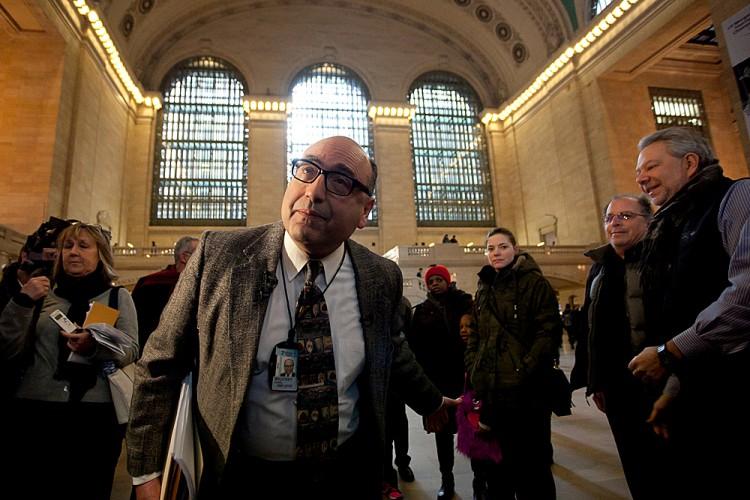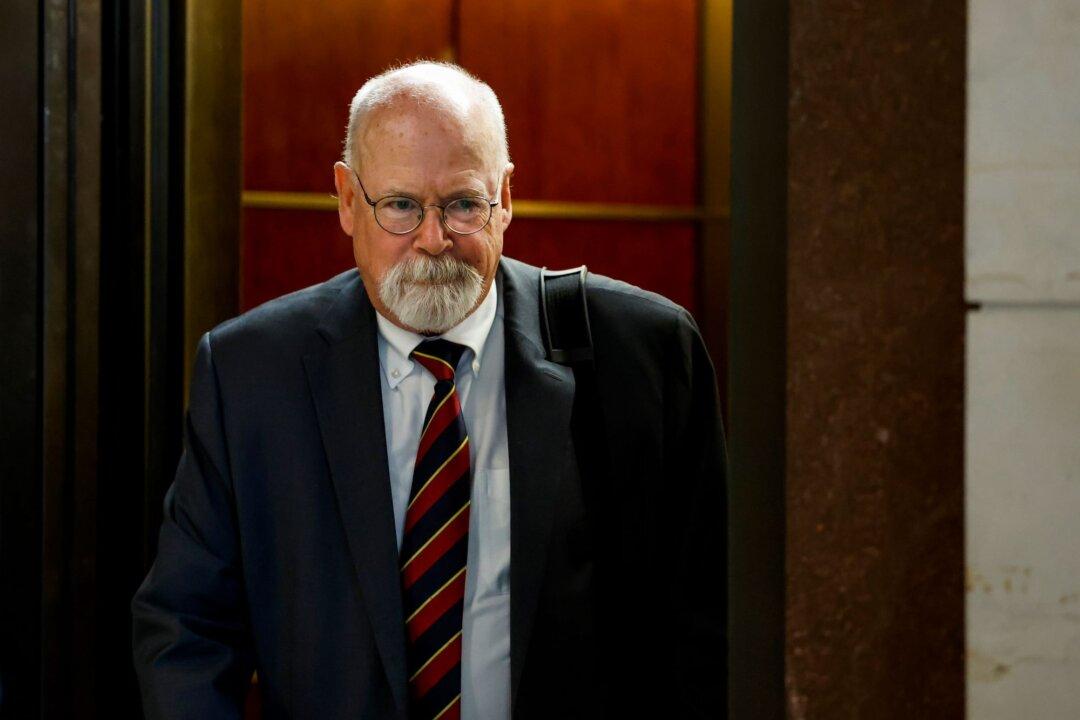NEW YORK—Navigating narrow metal staircases and crawling though passageways by flashlight, Dan Brucker leads a group into the tiny attic perched behind Grand Central’s famous clock. He opens the glass pane behind the number V1; the people on the street below look like ants.
Brucker, manager of Grand Central tours, knows the secrets of Grand Central like the back of his hand. He holds the keys to the secret staircase and basement, the whispering gallery, and the express track to the Waldorf-Astoria.
To commemorate the terminal’s 100th birthday, Brucker gave a tour to it’s hidden gems, bringing the world’s largest train terminal to life. Grand Central is his passion, and has been for the last 25 years.
But seeing is only a fraction of the experience. Brucker is the voice of the terminal. His sentences boom with emphasis, filling the 22,000 feet of the main concourse with his excitement.
“I really see myself as if I’m a talent agent, a promoter for the world’s largest, greatest, most famous talent. The only problem is my talent, my client, this Grand Central Terminal, it doesn’t do anything.” Brucker said.
As the terminal draws near to its 100th anniversary, Brucker could not be more thrilled. For decades, the terminal was “horrible and black and ugly and filled with dirt,” he said. Close to a thousand homeless people lived in the terminal, the main concourse was littered with billboards, and the ceiling was covered with a layer of tar.







